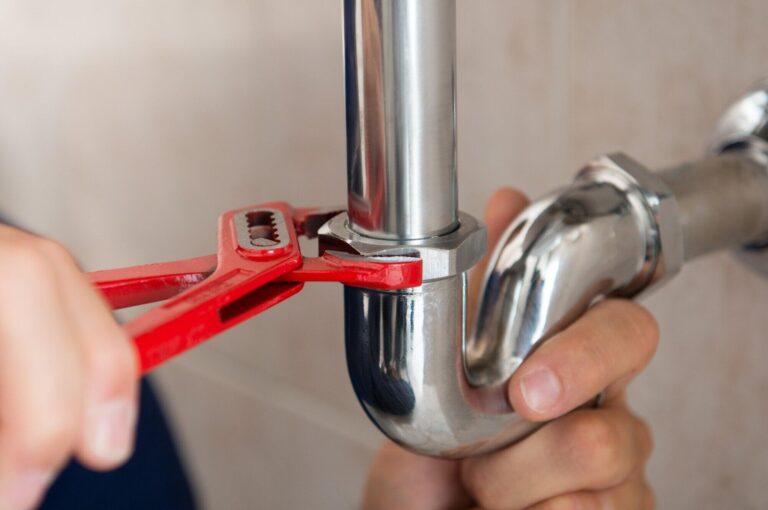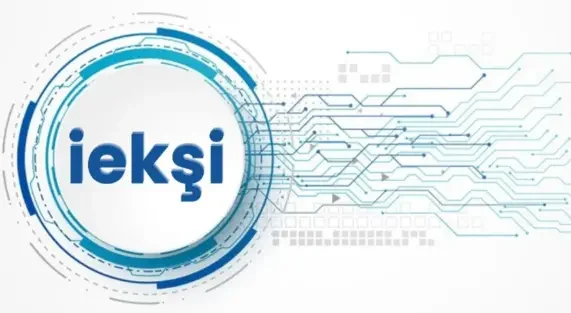Ensuring Pipeline Integrity: The Critical Role of Pipeline Pigs in Maintenance and Monitoring
Table of Contents:
- Understanding Pipeline Pigs and Their Purpose
- Common Applications of Pipeline Pigs
- Benefits of Regular Pipeline Pigging
- Challenges Faced in Pipeline Pigging
- Strategies for Effective Pipeline Pigging
Key Takeaways
- Pipeline pigs play a vital role in maintaining and monitoring pipeline integrity.
- Advancements in pigging technology have significantly improved pipeline maintenance operations.
- Regular pigging contributes to pipeline efficiency, safety, and environmental protection.
Understanding Pipeline Pigs and Their Purpose
Ensuring the health and function of pipelines is paramount within the oil and gas sector, and the silent workhorses known as pipeline pigs are instrumental in this endeavor. Revered for their versatility and efficiency, the tools known as “pigs” are inserted into pipelines to perform various preventative and maintenance tasks. These devices fulfill diverse purposes and differ in terms of operational requirements due to the different forms of pigging types. Specific models aim to eliminate accumulated buildup by cleaning the inside walls of pipes. Conversely, some could possess advanced sensor technology to identify and communicate any wear or irregularities that might jeopardize the pipeline’s integrity.
Pipeline pigs serve various purposes: maintenance, cleaning, and inspection. With frequent usage, these devices greatly aid in maintaining a continuous and smooth flow within the pipelines. They play a vital role in detecting problems that, if ignored, might result in leaks or ruptures in pipeline integrity management plans. Pipelines would be more likely to have severe issues without pigging procedures, which might be expensive for operators and affect the environment.
Common Applications of Pipeline Pigs
The deployment of pipeline pigs encompasses many applications, ranging from routine cleaning operations that maintain flow efficiency to sophisticated inline inspections (ILI) that preemptively identify areas of concern within the pipelines. Cleaning pigs, for example, ensures the removal of unwanted residuals that could otherwise lead to clogging or corrosion. Inspecting pigs, often called ‘smart pigs,’ use technologies like magnetic flux leakage (MFL) or ultrasonic testing (UT) to closely examine the integrity of the pipeline’s structure.
Beyond these two prominent applications, pigs are also instrumental in other facets of maintenance. They can apply or remove pipeline coatings, protecting against corrosion and discretely segregating different products within multiproduct pipelines. Each application underscores the versatility of pigs and their significant contribution to operational efficiency and the prevention of potential failures. The understanding and use of pigs have profoundly impacted how pipelines are operated and maintained, showcasing the transformative power of this technology within the oil and gas industry.
Benefits of Regular Pipeline Pigging
Proactively using pipeline pigs delivers a spectrum of benefits to pipeline operators. Chief among these benefits is the maintenance of flow efficiency, whereby the regular cleaning actions performed by pigs prevent the buildup of debris that can constrict flow and thereby reduce throughput capacity. The preventive nature of pigging extends the service life of pipelines by continuously addressing potential internal hazards before they escalate into costly repairs or cause environmental health and safety concerns.
The benefits of pigging are more than just operational. Regular pigging demonstrates a commitment to environmental stewardship and regulatory compliance. Through meticulous maintenance and inspection, pipeline operators can detect minor leaks and weaknesses early, significantly reducing the chances of large-scale ecological incidents that could harm natural habitats or incur heavy penalties. Pigging is a proactive environmental strategy just as much as a practice in engineering prudence. The associated downtime reduction also leads to higher stakeholder confidence due to the apparent dedication to infrastructure well-being and operational excellence.
Challenges Faced in Pipeline Pigging
As with any critical operation, executing successful pigging activities presents its share of technical and logistical challenges. Pipelines’ intricate architectures (spanning vast geographies, featuring varying diameters, and involving complex bends and undulations) necessitate precise pig design and planning. Selecting the right pig for the layout and specific pipeline conditions requires thorough analysis and sometimes even customization. Each pigging operation must be carefully orchestrated to mitigate risks and avoid unintended consequences that could disrupt the processes it aims to protect.
Environmental considerations add another layer of complexity to pigging operations. Disposal of the waste material cleared from pipelines must be managed per environmental regulations, demanding diligent handling and treatment strategies. Ensuring that pigging operations do not inadvertently create secondary ecological issues is a constant challenge for operators. These challenges require a balance between engineering expertise and environmental consciousness, an equilibrium that involves innovation, foresight, and commitment to sustainable practices.
Strategies for Effective Pipeline Pigging
A successful pigging regime relies on careful planning and execution. Operators must closely match pig designs to the detailed specifications of their pipelines. This task involves deep technical knowledge and an understanding of the materials science behind pig construction. Scheduling pigging operations at optimal intervals ensures that pipelines remain free from obstructions and that any issues are caught immediately, reducing the likelihood of surprise malfunctions or performance inefficiencies.
Moreover, post-operational analysis is as crucial as the pigging events themselves. Data can be collected and used to refine subsequent runs by thoroughly reviewing each pigging journey, leading to continuous improvement in pigging strategies. Lessons learned from these analytical efforts provide valuable feedback loops, which, over time, contribute to the optimization of operations.







